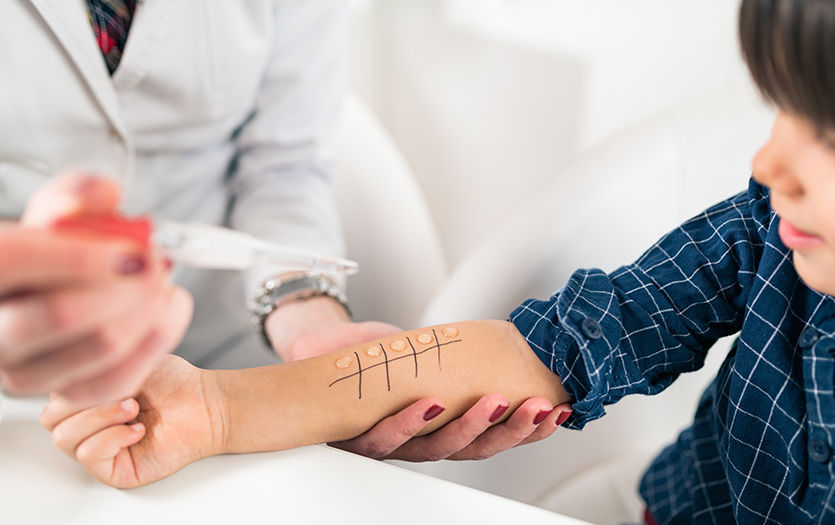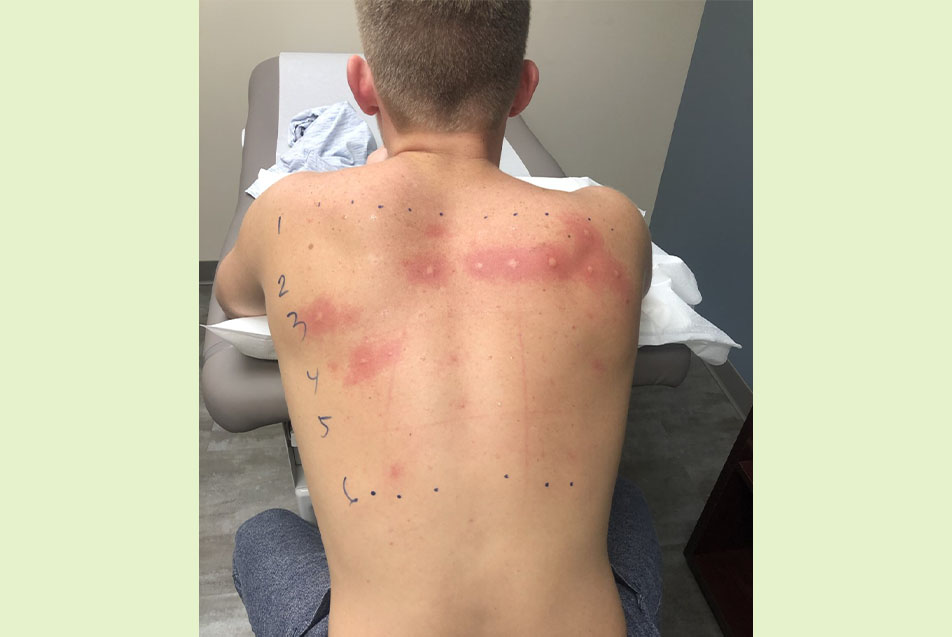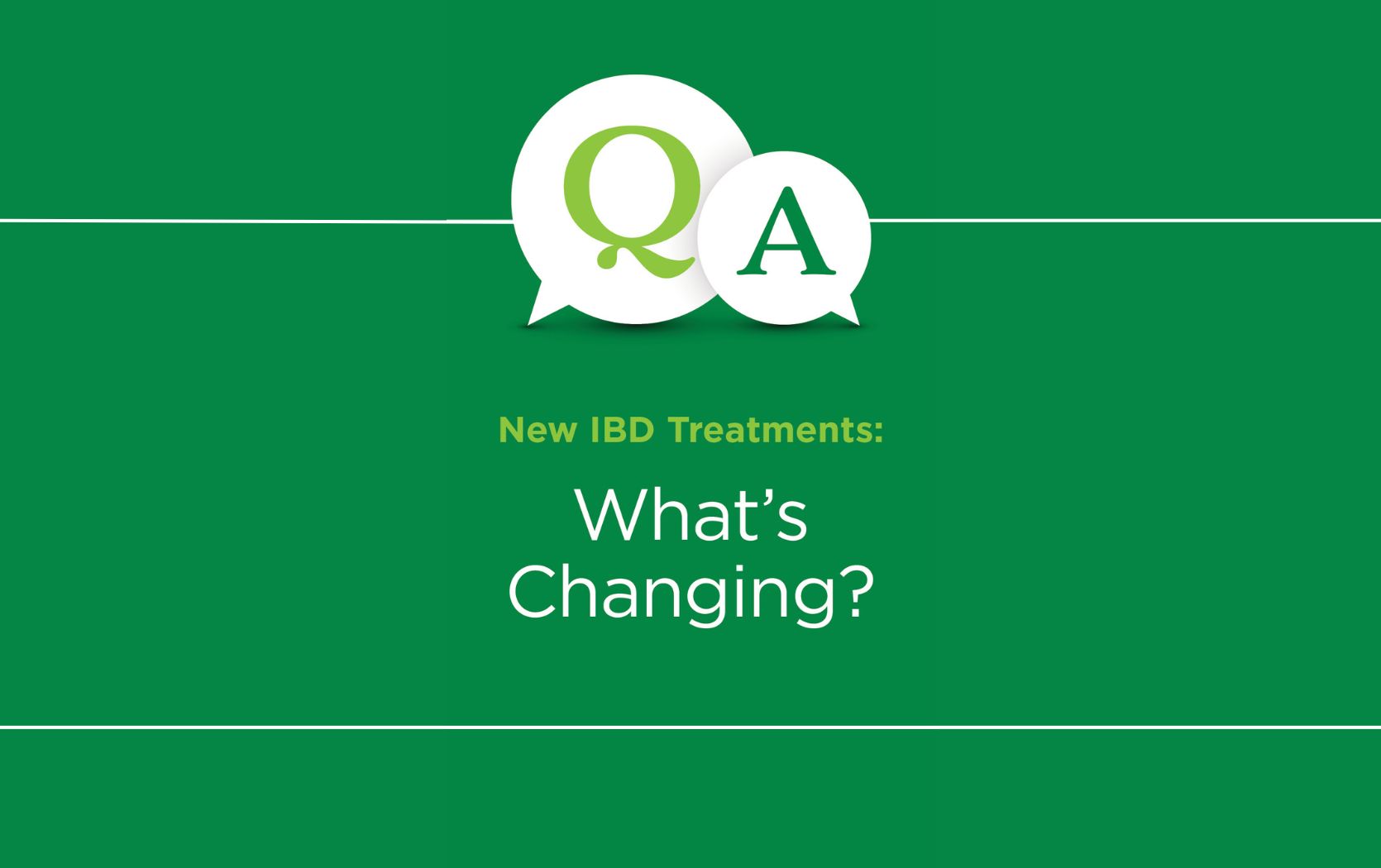
This post was written by Heather Willison, MSN, FNP-C, PPG – Allergy, Asthma and Immunology.
When you experience an allergic reaction, it is in response to something that was touched, inhaled or eaten. This could include pollen, mold, dust mites, animal dander or food. An allergic reaction may be something as minimal as an annoying runny nose, or as scary as throat swelling and difficulty breathing. Depending on the severity of the symptoms, it can be important to identify what could have triggered the allergic reaction. Allergy testing, along with a thorough health history and physical exam, gives us the means to unravel the mystery.
Patients, especially young patients, show a wide range of emotions when they come in for allergy testing. Some are afraid, others curious. For some there’s excitement around finding an answer and, again, for others just anxiety. But truthfully, allergy testing has come a long way in the last few decades. It really isn’t a frightening experience with all of the advancements that have been made in the world of allergy.
Types of allergy testing
Skin testing can be performed in the office setting and involves small plastic picks that have been dipped in wells that contain allergen extract. The pick is then used to scratch or prick the surface of the patient’s skin with the allergen, typically on the back. These picks feel much like a toothpick tapped on the skin, and the procedure is virtually painless. In my experience, children who are being allergy tested are much more concerned that they cannot see what is happening behind them. I often encourage parents to take photos of their child’s back so that they can see what it looks like. This visual helps to alleviate any anxious feelings.
If testing is positive, there will be redness, swelling and itching around the area within 15 minutes. This reaction typically goes away within an hour. The patient below experienced a positive skin test.

If this initial skin testing is negative but the provider still feels there is an allergy causing the patient’s symptoms, they would recommend a second phase of allergy testing. At this time, a higher concentration of the allergen would be placed underneath the skin using a needle. This is called intradermal testing, and is conducted on the arms. Again, a positive reaction would be revealed in about 15 minutes.
Some medications may block the testing results, and it would not be safe for the patient to suspend the medication for testing. Certain skin conditions may also make it difficult to interpret the testing results. In the event that skin testing is not appropriate, blood work may be ordered to evaluate for allergies.
Caution regarding at-home testing
Beware of food allergy tests that can be purchased in the grocery store or online. These blood tests check for IgG antibodies. Our immune system produces IgG antibodies in response to anything it views as unusual or foreign, and this would include any food. It is a normal function of the immune system to develop IgG antibodies to the foods that we eat, so a positive IgG test to a food just shows that your immune system remembers eating that food.
If you suspect that you are having an allergic reaction to something in your environment or something you have eaten, reach out to your primary care provider to ask if allergy testing is appropriate.



